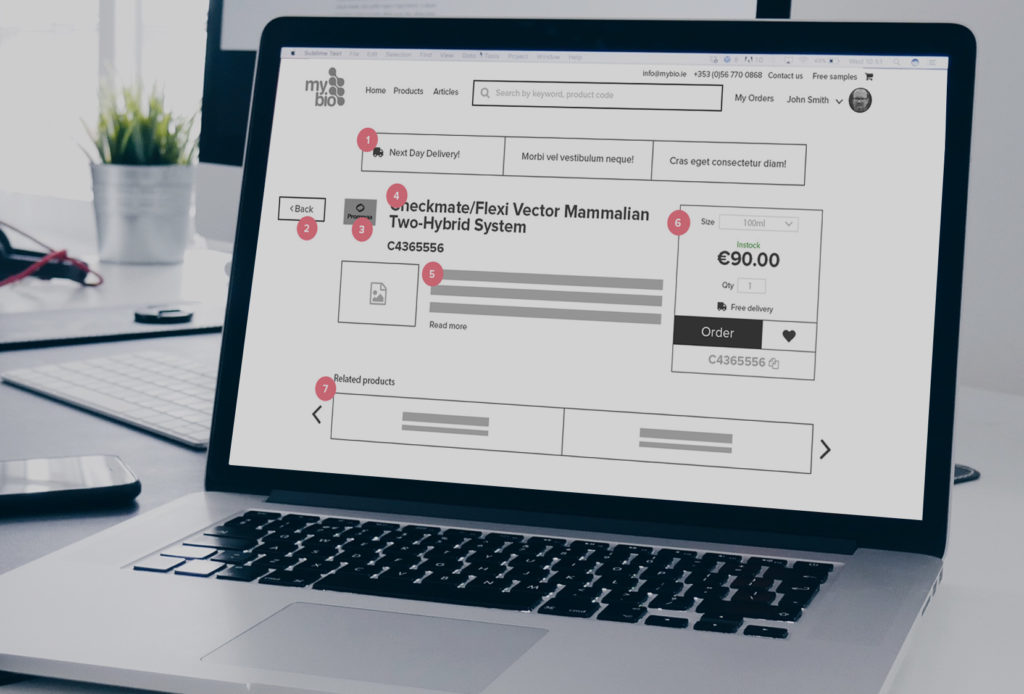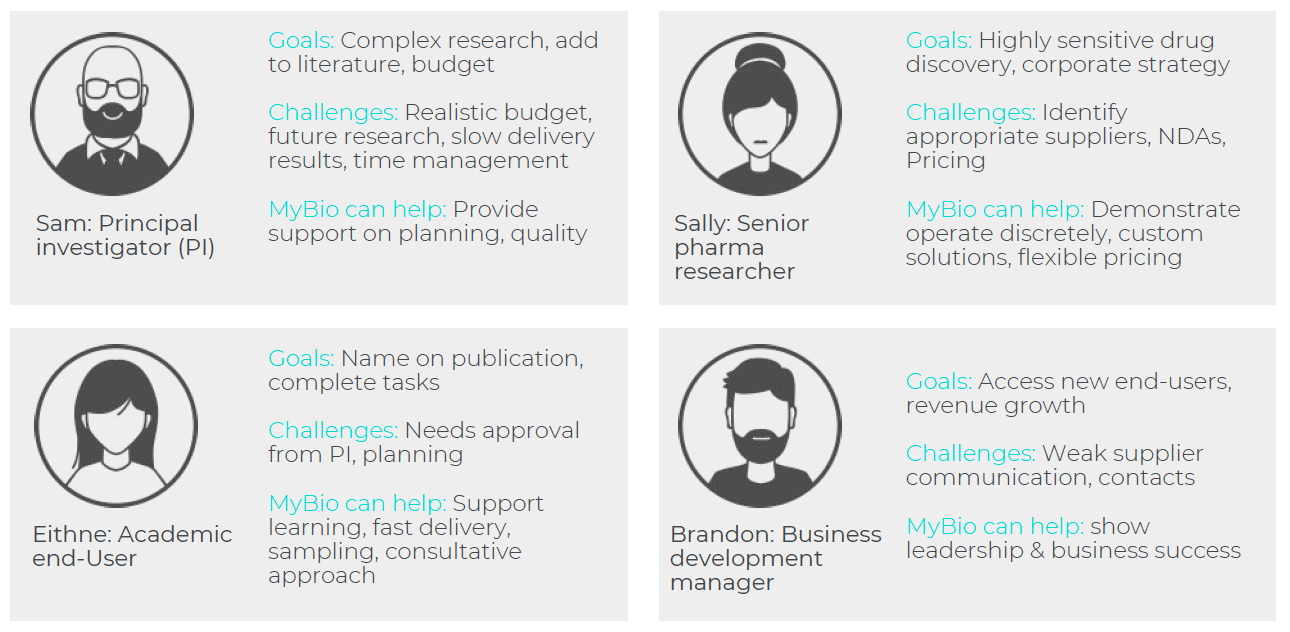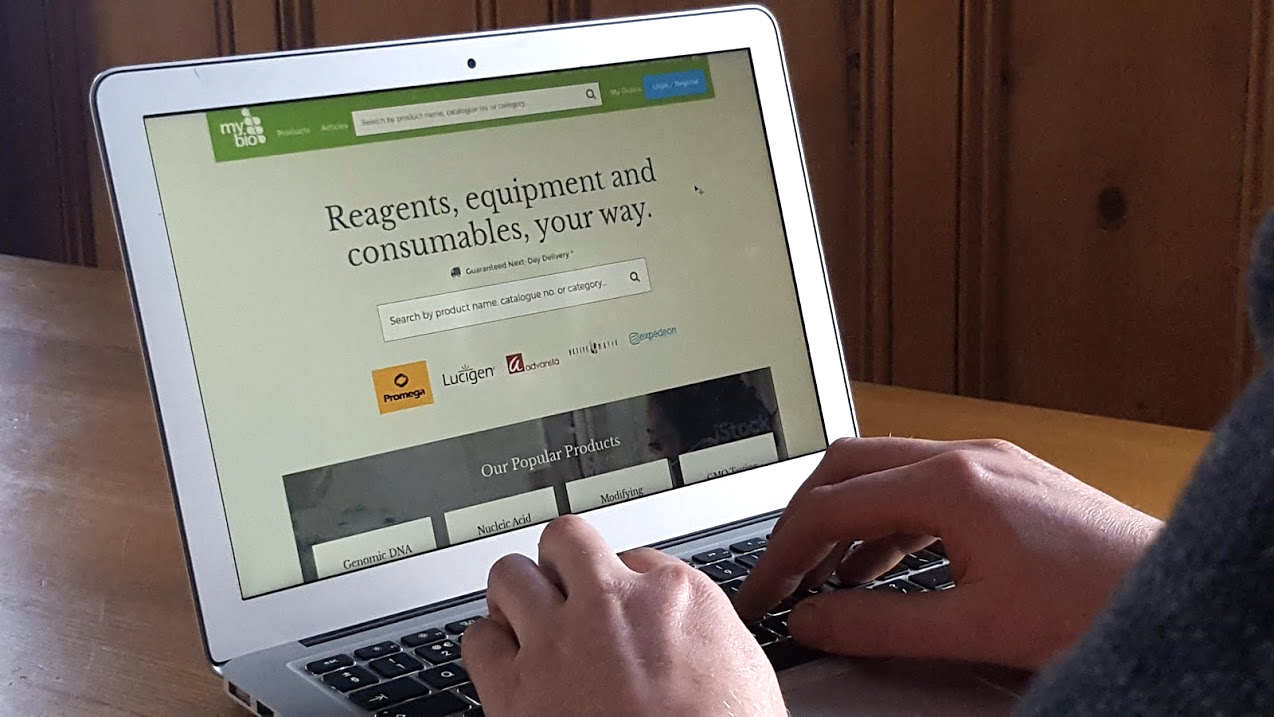During my tenure at an agency, I had the opportunity to work on an exciting project—a redesign of a BioScience website for a client in the Pharma industry. Although initially unfamiliar with the industry, I delved into thorough research to gain a solid understanding of their unique requirements and challenges. My role was to synthesise research, plan flows, lead the designs of the checkout flow, product listing page and product details experiences. This case study highlights how my design and UX skills were instrumental in delivering a successful solution.
Discovery phase:
To kickstart the project, I worked with a lead designer to conduct stakeholder interviews and engaged in customer research to gather valuable insights. By immersing myself in the client’s ecosystem, I developed a deep understanding of their business and their target audience. Creating personas based on the research findings allowed me to align the project team and clients on a shared vision of the ideal end-users.

Academic experiment process & analysis of procurement process
Workshop and academic analysis:
To further explore our client’s processes, we organized a discovery workshop in collaboration with company stakeholders. By partnering with employees, we gained invaluable insights into their workflow, uncovering the complexities of their academic clients’ purchasing requirements and the significance of a procurement system. This knowledge became crucial in developing an eCommerce site that streamlined the scientific workflow while emphasizing time management.
In addition, I designed a survey to validate assumptions and gain a comprehensive understanding of user preferences and competitor landscapes. The survey, distributed to Dublin universities, revealed insights into preferred competitors and the significance of transparent pricing and brand recognition within academia.
Competitor analysis and user testing:
Conducting a thorough analysis of our client’s competitors allowed us to identify feature patterns and areas for improvement. Notably, we discovered that open pricing appealed to academic customers, although the decision to hide prices on the website was driven by business considerations.
To ensure a user-centered approach, I partnered with the lead designer to arrange user test sessions, engaging academic customers as participants. My role was note-taker and observer. By observing their interactions with competitor sites and our client’s original website, we gathered valuable qualitative and quantitative data. Analyzing the test results, I identified common patterns and insights that informed our ideation process and influenced design decisions.
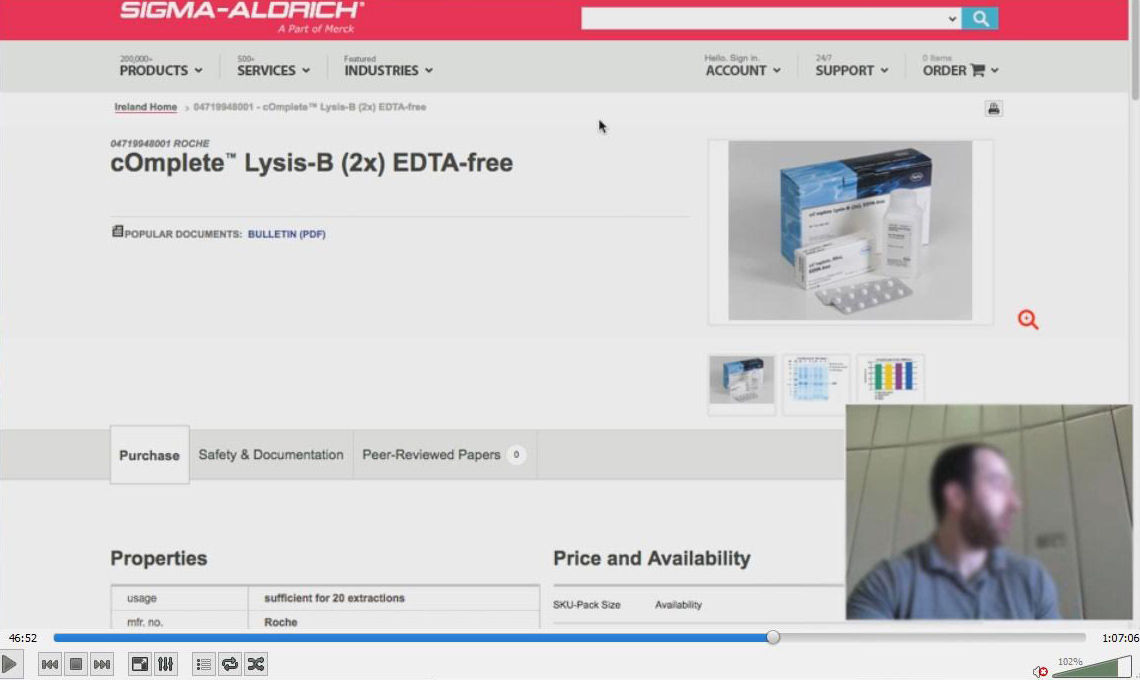
Presenting UX design and solution:
To effectively communicate our design vision, I synthesized research findings into digestible insights. Through engaging presentations, we took our clients on a journey, showcasing our solution, drawing inspiration, and outlining the rationale behind our decisions. A comprehensive competitor analysis provided our clients with a clear understanding of their market position and how their website could effectively compete.
Ideation and design:
During the ideation phase, I leveraged my sketching and wireframing skills to explore various design solutions. Prioritizing wireframes allowed our clients to focus on the flow and features of the website. Taking into account the majority of clients using desktop platforms, I designed scalable layouts for both desktop and mobile, considering content hierarchy, touch interactions, and focal points.
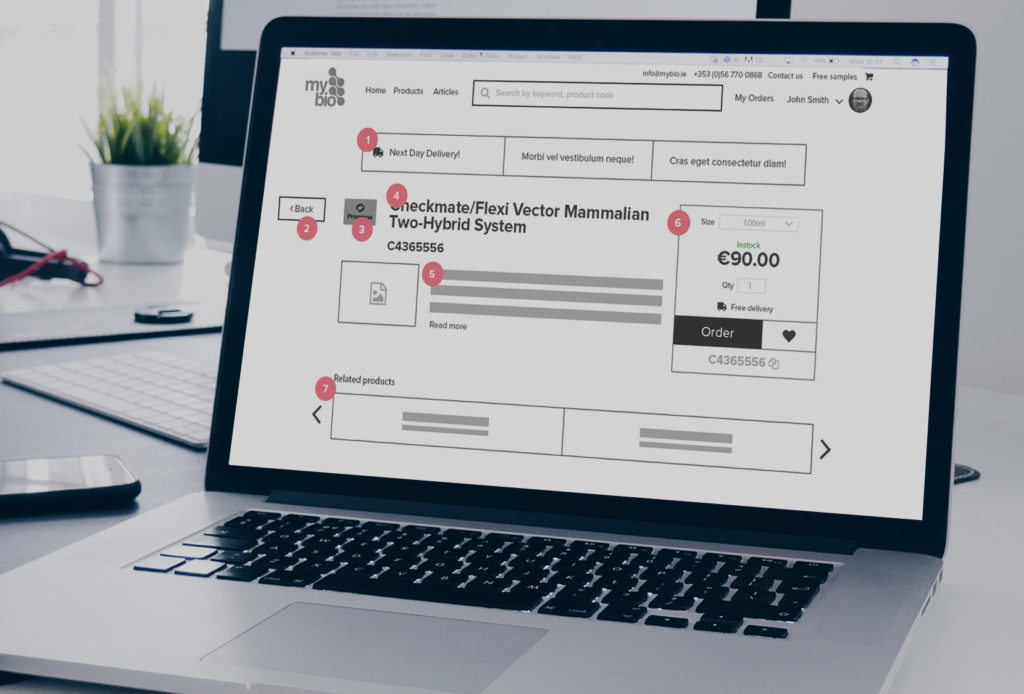
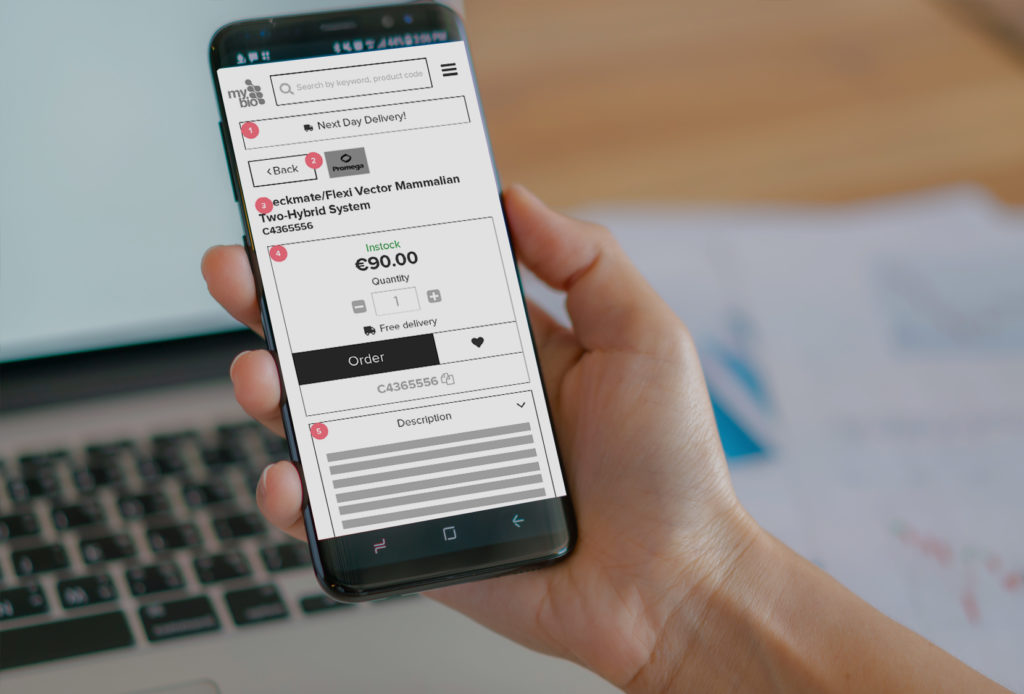
Defining the solution:
Upon receiving client approval of the wireframes and flow, I proceeded to the concept design phase. This involved meticulous consideration of colour schemes, imagery choices, typography, and spacing. I addressed the challenge of accommodating low-quality images and designed the product page to adapt seamlessly in the absence of images. Attention was given to content prioritization, price visibility, delivery information, brand representation, and diverse content needs.
Collaboration and implementation:
Working closely with the development team and lead designer to ensure that this project was a success. I documented the design specifications, ensuring the feasibility of proposed ideas within the project timeline. Collaboration with a skilled copywriter helped finalize the website’s copy, further enhancing the user experience. With client review and approval, the site was ready for implementation.
Conclusion:
Through the application of my mature design and UX skills, this BioScience website redesign project was a resounding success. By conducting thorough research, organizing workshops, engaging in user testing, and presenting compelling design solutions, I ensured a user-centered approach that met the needs of both the client and their target audience. The comprehensive discovery process, iterative design, and collaboration with the development team resulted in the delivery of a mature and user-centered website that effectively competed in the market.
